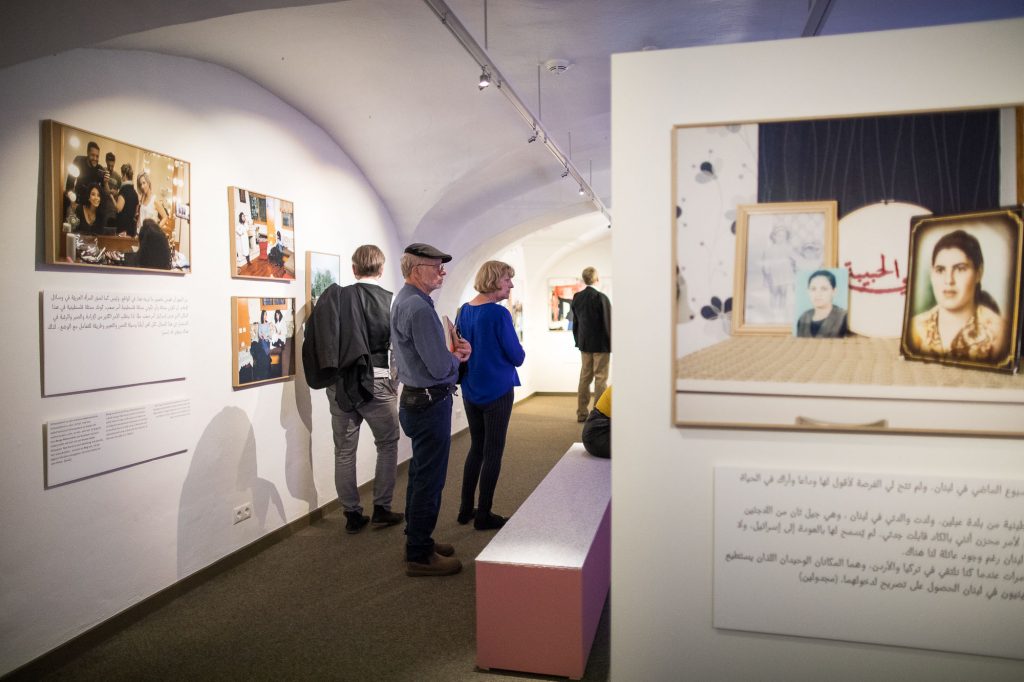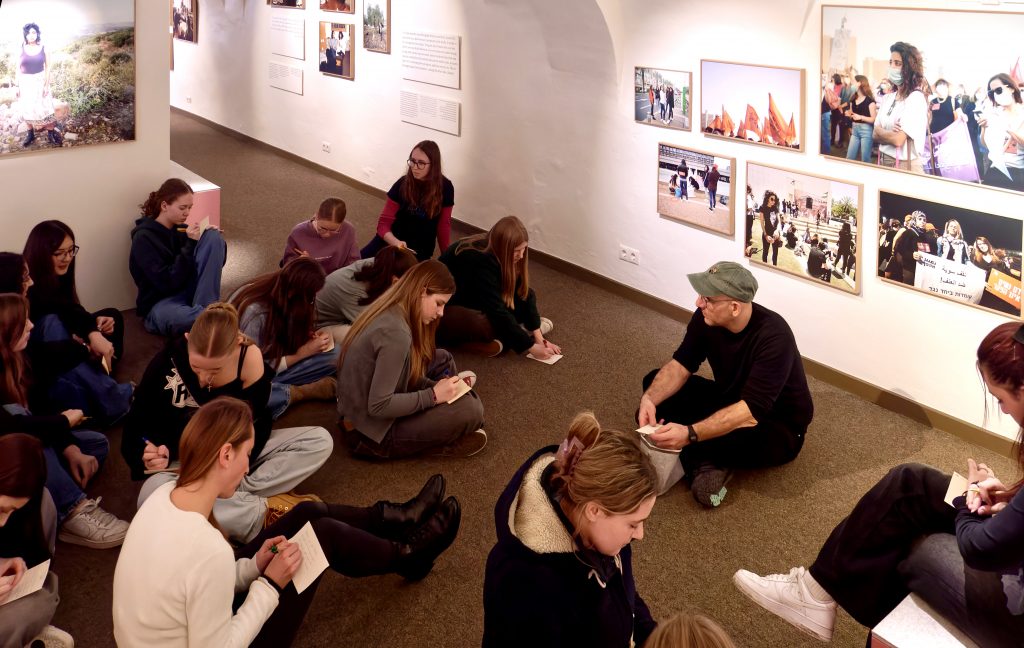In May 2023, the Jewish Museum Hohenems launched a wide-ranging project of exhibitions and lectures on the identity issues of Jewish and Arab Israelis, as well as Palestinians. These encounters will encourage dialogue and curiosity about others, and have become all the more important in the wake of the October 7 pogrom, as Dr. Hanno Loewy, Director of the Jewish Museum Hohenems, tells us.

Jguideeurope: Which events will be organized at the museum in 2024-5?
Hanno Loewy: The museum is addressing major challenges. We are seeking new ways of communicating the diverse history of Arab-Jewish relations and connections. And we will bring the border between Hohenems and the neighboring Swiss canton St. Gall on the map of international attention as a memorial site of refugees and asylum seekers between 1938 and 1945.
Our exhibition about Arab-Jewish connections – to be opened on September 29 – will present the work of eight artists with an Arab-Jewish background and at the same time insights into a long and complex history – a history of cohabitation and discrimination, of mutual inspiration and competition, of hybrid identities and particularism, of times of inclusion and those of exclusion of Jews in the Arab world. By this we hope to foster a better understanding of the complexities of the Middle East and the Jewish Diaspora alike.
Our project on the border follows the invitation of the Swiss Canton St. Gall to play a major role in the process of developing a Swiss Memorial for the victims of National Socialism in the upcoming years. Part of this national memorial will be an educational center to communicate the contested history of refugees in the Swiss society and the asylum politics during World War II. the Rhein Valley between Lake Constance and the mountains became the site of the first massive wave of escape from Nazi-Germany after the takeover in Austria in 1938. And remained one of the mayor arenas of escape attempts throughout the years until 1945. Our museum is researching the individual stories of refugees and escape helpers along the border for many years and will be able to implement 20 years of experience into this transnational project.

In 2023-4 many events were held at the museum concerning the questions of identity among Arab Israelis. Can you share your reflection on some of those moments?
The exhibition “A palace of Our own” was opened in May 2023 in a touching ceremony including Israelis and Israeli Palestinians – kind of an utopian moment in a time already fun, of tension, informed by the internal struggle of the Israeli society about the true character of democracy.
Since then, we invited intellectuals from “both sides” to a series of events, discussing the situation of the Palestinian monitory in the Israeli society, hoping for new ideas to evolve how to create mutual understanding and a more inclusive mindset in the debates about the future of Israel and Palestine. In the middle of this, October 7 broke in with its unprecedented violence and destruction brought by Hamas over Israel and Palestine alike, answered by an Israeli government utterly incapable to offer any perspective but another round of a never-ending war. Our exhibition since then proved to be a rare example of safe space for communication beyond the polarized exchange of mutual accusations and dystopias of expulsion and destruction. Our events since then were overrun by an audience seeking orientation and answers that could be shared.
At the same time, our educational department and our project staff of #OhneAngstVerschiedenSein (Being different without fear) were organizing workshops about Israel and Palestine, the ongoing “war of images” in the “social media” and the growing antisemitic and anti-muslim resentments in the society for more than 1000 youth, both in outreach programs in schools and youth centers – and in the exhibition in our museum. And we also were able to organize workshops for teachers, youth workers and the staff of other museums, not only in the immediate region but also in various other parts of Austria, in Germany and Switzerland.
Do you perceive an evolution in the interest towards Austrian Jewish culture?
Naturally, in the light of the new eruption of violence in the Middle East, interest in the subject of Jewish history and present somehow focused on the “the conflict” during the last months. In general, there is indeed an interest in a more complex perception of Jewish voices and cultures in our audiences – but there is also for years already a growing tendency of political instrumentalization of Jewish issues for internal politics toward the subject of migration, playing out Jews and Muslim immigrants against each other in a disturbing way. This is not new, but restricting the freedom of expression that also makes the work of museums and other cultural institutions not easier. On the other hand, the one-sided anti-Israel discourse in parts of the postcolonial activism is destroying communication and alliances that we desperately need those days.